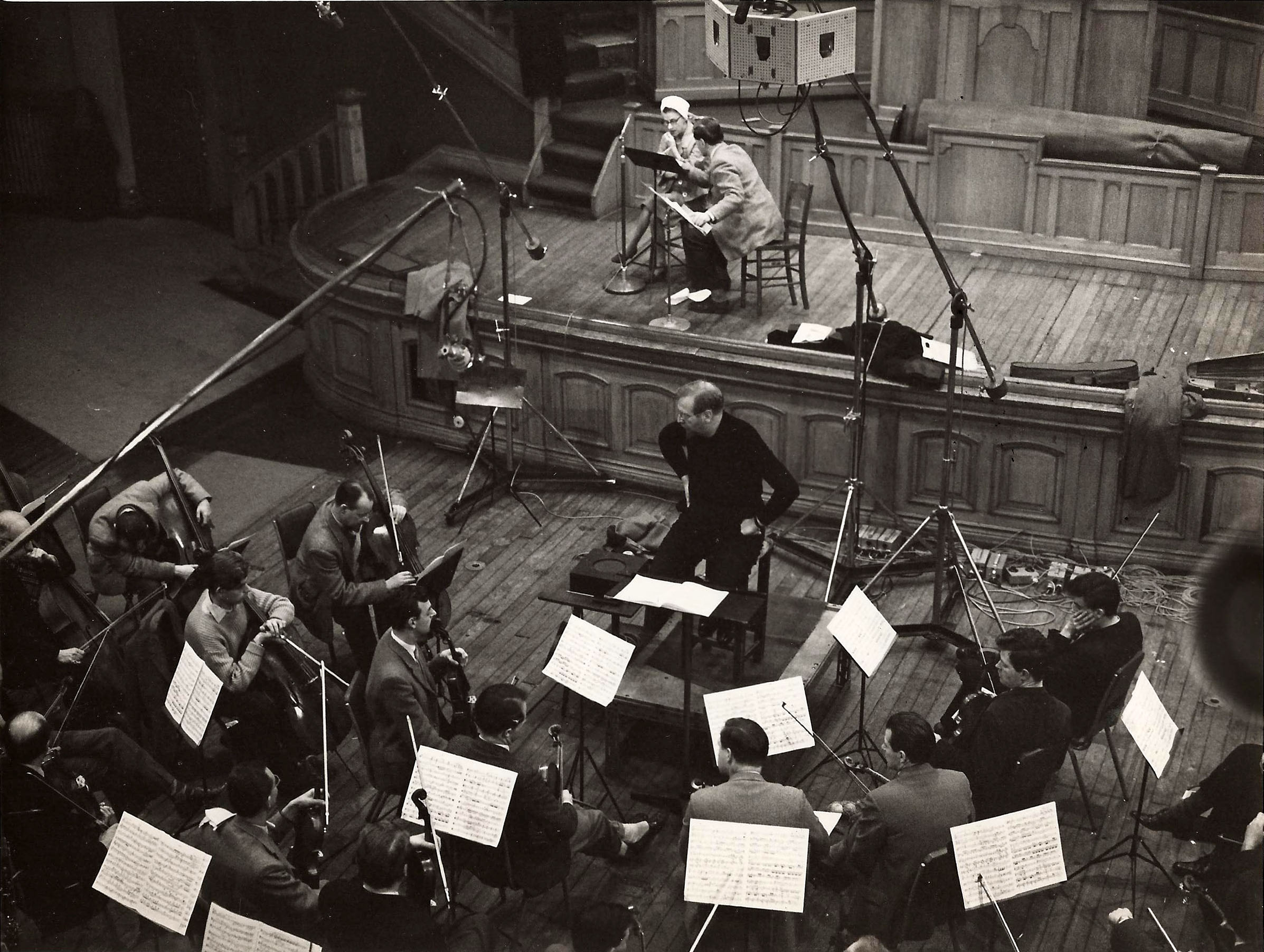As I had suggested, a discussion about "separation of instruments" might well be controversial. These last few pages show that. I hear more separation of instruments from some playback systems, often much more, than I hear this quality from live music. Many of the recent posts do not really address that point but rather attempt to explain why recordings or systems might enhance this effect. Some of us do indeed compare live music to reproduced music as I did here with my recent experience listening to a live string trio in a nice hall. It seems others do not value such comparisons and seem to prefer enjoying each experience for its own merits and qualities. That is fine too. They are different experiences. Some of us attempt to make them more similar than different.
Oh yeah, on the subject of imaging, I have noticed some interesting behavior.... I don't fully understand it, but maybe some other folks here have ideas. If you do, I'm open to hearing theories.
With interconnect cables, wire shape can have a massive effect on image size and presentation. However, this effect varies in degree depending on, as far as I can tell, the speaker and maybe the amp. Speakers that use hard cone drivers, like Accuton, and powerful SS amps exhibit this to the greatest degree while a single driver/set seems least affected.
Basically, foil type ic cables result in larger images, to such a degree it can sound larger than life... vocals come from giants and violins are the size of a stand-up basses. Images run together and there's no "air". I used to sell a UPOCC silver ribbon interconnect, it has some significant advantages like low capacitance, but it also produced larger images, though not nearly as large as foil. The effect ranges from very subtle to a moderate difference... not larger than life like foil, but more diffuse than round wire. The issue with this is image size should vary by recording, foil and ribbon ic cables add their own character in terms of image size. Round wire allows for smaller images, maybe too small in some recordings, but it also makes large images if the recording calls for it. Some people really enjoyed the larger images of ribbon or foil cables as it does in some cases make the recording sound more like my recollection of live music, but others did not... this is the issue with colorations, they are far more subject to personal preference vs a purely neutral product. And colorations always seem to reduce clarity and resolution in some way.
It sounds like the effect might be a result of some phase shift or distortion, I honestly haven't been able to study this all that much yet, but I did go back to a round-wire cable whose design was informed by the ribbon, so it's a nice improvement. I also have one that uses no synthetics in the insulation or jacket in order to reduce one type of noise. You might even like it, it's 100% natural.



